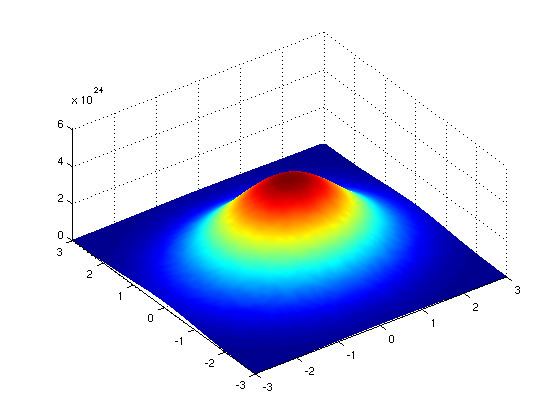 | ||
In mathematics, Schwartz space is the function space of functions all of whose derivatives are rapidly decreasing (defined rigorously below). This space has the important property that the Fourier transform is an automorphism on this space. This property enables one, by duality, to define the Fourier transform for elements in the dual space of S, that is, for tempered distributions. The Schwartz space was named in honour of Laurent Schwartz by Alexander Grothendieck. A function in the Schwartz space is sometimes called a Schwartz function.
Contents
Definition
The Schwartz space or space of rapidly decreasing functions on Rn is the function space
where α, β are multi-indices, C∞(Rn) is the set of smooth functions from Rn to C, and
Here, sup denotes the supremum, and we again use multi-index notation.
To put common language to this definition, we could note that a rapidly decreasing function is essentially a function f(x) such that f(x), f′(x), f′′(x), ... all exist everywhere on R and go to zero as x → ±∞ faster than any inverse power of x. In particular, S(Rn) is a subspace of the function space C∞(Rn) of infinitely differentiable functions.
Examples of functions in the Schwartz space
Properties
c(Rn), is included in S(Rn).
